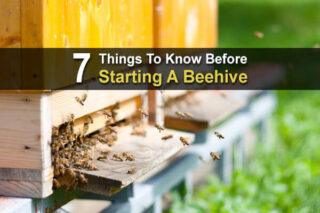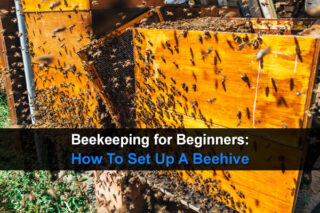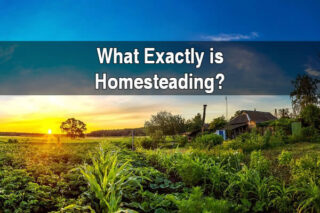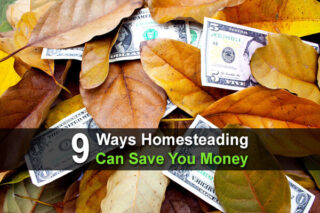Estimated reading time: 6 minutes
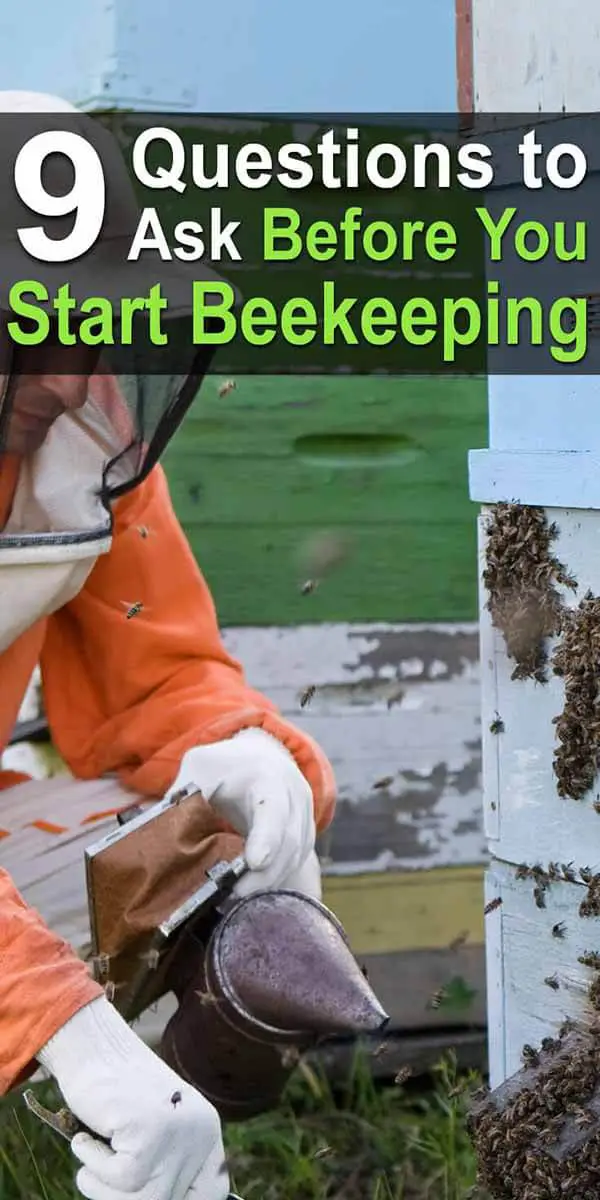
Beekeeping can be incredibly rewarding both to the beekeeper and the entire community as the bees go to work pollinating crops, regardless of fence line boundaries. Though bees are one of the few homestead animals that largely feed themselves, tending them can require a huge investment of time and money, especially if you're not prepared before you get them.
Here are a few questions you should be able to answer before bringing home your first hive.
1. Do local ordinances allow beekeeping?
Before even considering getting bees, you should know if it's allowed in your area. Most places in the US, even many urban areas, allow backyard beekeepers to have a few hives for their own use. Consult the town clerk or local extension for ordinances which may restrict the number of hives or require special permitting.
Many rural areas may not restrict beekeeping, but they'll still require you to register your hives and go through an annual hive health inspection. While this may seem invasive, the reasoning is sound.
Since bees range for as much as 3 miles from their home in your backyard, they'll likely encounter other bees and have the ability to transmit disease. If your hive is unhealthy, it could have real impacts on other backyard beekeepers or commercial producers in your area.
2. Why do you want to keep bees?
There are a lot of different reasons to keep bees, and it's important to examine your own motivation before installing a hive. If you intend to harvest your own honey for your family or start a small for-profit honey business, installing your own hive makes sense.
If you're hoping to improve pollination in your garden and backyard orchard, or just want to support bee populations in general, then the added expense and work of maintaining your own hives might not be the best path. Consider working with a beekeeper and placing a hive on your land that they'll tend and maintain.
Both their bees will be fed and your crops pollinated, without anyone signing up for added work or expense.
3. Are my neighborhood and family compatible with bees?
Regardless of whether or not your local ordinances allow bees, you need to evaluate whether or not your neighborhood and family are compatible with bees.
Do you have a small yard and very young children? Is there an unruly neighborhood dog that's constantly getting out or running loose on your property? Does anyone in your family have a severe bee sting allergy? If your neighbors are against the idea, are you willing to deal with the tension and potential conflict a hive might bring to your relationship?
Before installing bees, talk to your family and neighbors and address any concerns they might have. It's much easier to get everyone on board from the start than address conflict down the line once hives are already in place.
4. Is pesticide use common in my area?
While a rural agricultural area might seem like the ideal location for bees, if your neighboring farmers are using heavy chemicals or pesticides on their fields, those pesticides may harm your bees and contaminate your honey.
Bees range far and wide to collect pollen and nectar, and you'll need to think about contamination in food sources up to 3 miles “as the bee flies” from your home.
5. Is there enough food in spring, summer, and fall to support a hive?
While your area may have an abundance of spring dandelions on the lawn, in a suburban setting there may not be enough food across the seasons to provide a constant supply for your bees. Rural forested areas or farm orchards have similar problems, where maple and linden trees in the forest or apple trees in the orchard bloom early in the spring and summer but then provide no food in late summer and fall.
Take note of food availability across the seasons and know that any day above 50 degrees the bees will need to be out and hunting for food.
6. Can I afford to keep bees?
While beekeeping is rewarding in many ways, it can also be expensive and risky. A single successful hive can produce as much as 60 pounds of honey in a year. With specialty local honey-selling for as much as $10 per pound in some areas, the rewards can be substantial in a good year.
On the other hand, an unsuccessful hive will cost you hundreds of dollars in equipment with nothing to show for it. Some bee diseases actually contaminate a hive so badly that the hive and frames cannot be reused and must be burned to prevent further contamination of other hives in the area.
A full hive setup and starter colony of bees can cost around $500, and if you do as most of the books suggest and start with 2 colonies, a really bad disease year could leave you with dead bees, no honey, and $1,000 gone down the drain. Know that while you may be able to recoup your costs and even bring in a healthy profit, a bad year can be a substantial financial burden.
7. Do you have time for them?
If you've determined you can afford to keep bees financially, it's also important to evaluate whether or not you have time to tend them. While bees are one of the few backyard homestead animals that feed themselves, they still require tending in other ways to keep them healthy and productive.
Throughout the season, you'll need about an hour per week per hive for maintenance. In the early spring when hives are getting established and in the fall during the honey harvest, expect to spend a few full weekends in bee tending.
8. Am I physically able to tend bees?
Beyond whether or not you have allergies or fears of being stung, it's important to know that beekeeping is hard work done outdoors in the heat in protective clothing. A single hive box can weigh as much as 90 pounds when completely filled with bees and honey.
Modern beekeepers have developed smaller boxes to take make bee tending physically easier, but those boxes still weigh at least 40 pounds when full. Are you able to routinely move 40-pound boxes in the hot sun while being harassed by bees? If not, you'll need to recruit dependable help or rethink bees altogether.
9. What will I do with all that honey?
Once you've made it through a whole year investing time, energy and money into your hives, it's time to reap the rewards. A single successful hive can produce 60 pounds of honey, even in northern climates with short summers. That amounts to 40-pint jars or about 5 gallons of honey from a single hive.
If you're planning on selling honey, identify local markets ahead of time. If you're excited about home use, look into infused honeys and homemade honey wine or mead. You've spent all year hard at work tending bees, make sure you make the most of your harvest.




